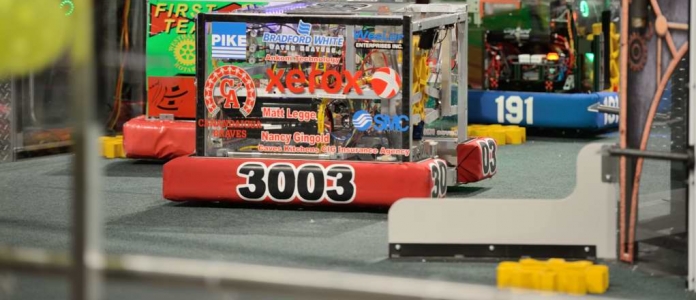By Suzette Norris, freelance writer and PR consultant, Prospero Communications
For those of you (like me) whose closest encounter with a motion-control video game is a one-time, unattractive engagement with a game called Just Dance 4, it may be hard to imagine how this stuff (think Call of Duty or Halo 4) adds much value to day-to-day life.
But others, like Lalit K. (LK) Mestha and Edgar Bernal – both researchers at the Xerox Research Center Webster in New York– see it differently. They’re working on a research project that uses Microsoft’s Kinect game sensor to measure how well a person is breathing. Kinect matches the movements of a player’s body to an avatar in a video game. It’s a long skinny box with a little camera eye that connects to an Xbox console. Because it can detect three dimensional shapes in a room, Edgar and LK figured it could be used as an inexpensive way for doctors to monitor important vital information.
The Kinect work is part of a larger project at Xerox exploring how a patient’s vital signs can be monitored with light (detected by a camera). Using cameras to continuously monitor vital signs (instead of using wires to connect a person to a machine) has vast implications for healthcare. It’s still very early research, but one could imagine how doctors one day could use remote, non-contact sensing to stay in touch with patients after they are discharged from the hospital – just to make sure the medication is working, for example, or that no unseen complications arise.
So note to all video game skeptics who worry that the technology has taken over our lives without giving enough back in return: take some comfort in the work LK and Edgar are doing – perhaps they can turn the equation around.



